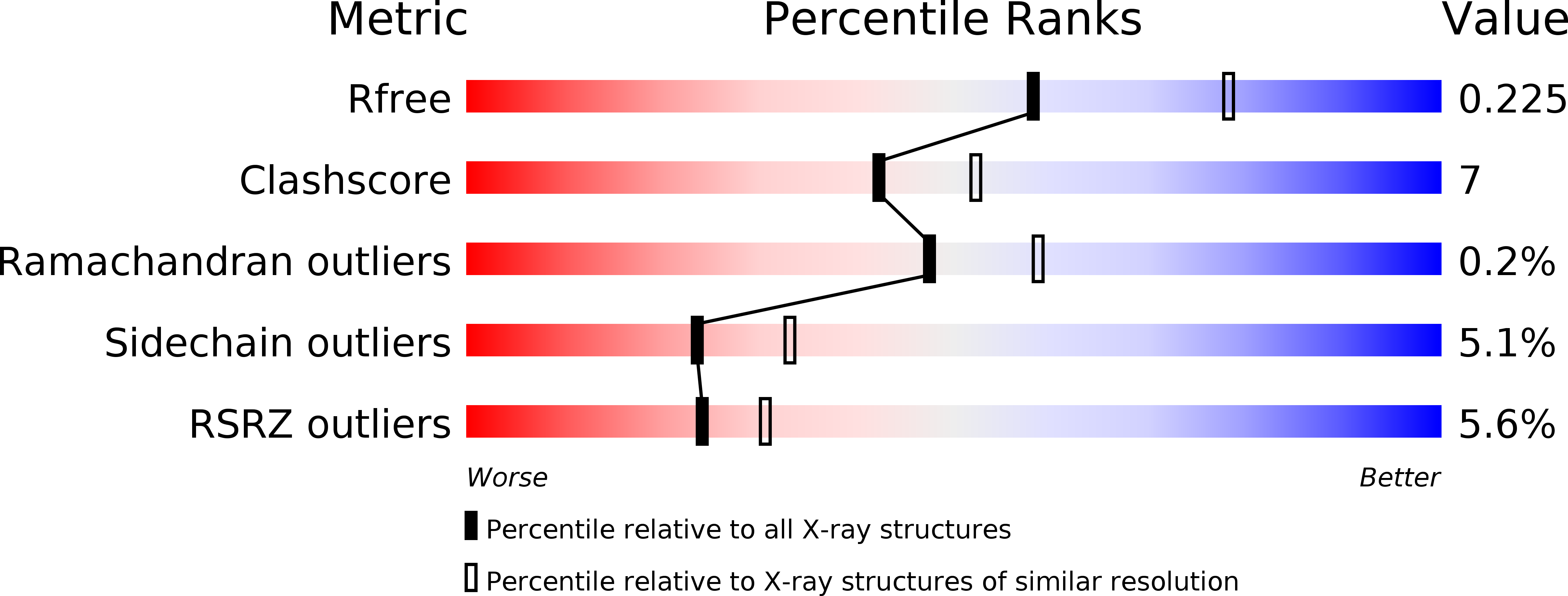
Deposition Date
1996-10-31
Release Date
1997-03-12
Last Version Date
2024-10-30
Entry Detail
PDB ID:
1RCO
Keywords:
Title:
SPINACH RUBISCO IN COMPLEX WITH THE INHIBITOR D-XYLULOSE-2,2-DIOL-1,5-BISPHOSPHATE
Biological Source:
Source Organism:
Spinacia oleracea (Taxon ID: 3562)
Method Details:
Experimental Method:
Resolution:
2.30 Å
R-Value Free:
0.24
R-Value Work:
0.23
R-Value Observed:
0.23
Space Group:
P 21 21 2


